How To Grind Concrete [Driveway, Corner, Floor]
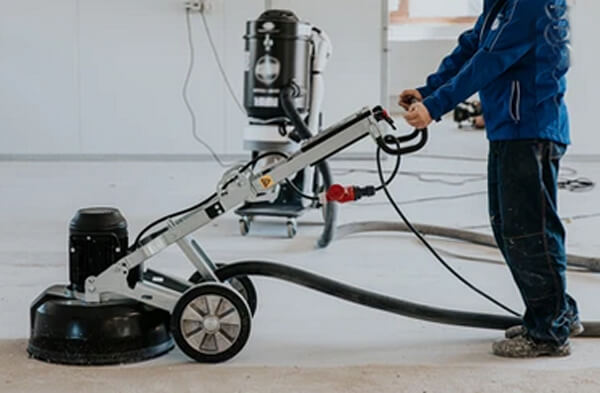
Concrete grinding involves using an abrasive tool in conjunction with a diamond attachment to reveal smooth concrete surfaces.
You can grind concrete wet or dry. The concrete beneath floorboards or tiles can be rough and uneven, and may even have paint or epoxies on it prior to installation. This makes installing flooring difficult. The smooth surface is revealed after grinding, allowing any alternative flooring option to be easily installed.
In order for hardwood or tiles to last a long time, the floors must be prepared first. If the floors will be polished, the quality of the concrete will be clearly visible.
In this article, we will look at how we can perform grinding at various locations efficiently, how we can reduce dust, and how much does concrete grinding cost.
concrete grinder, start from $400
Contents
How To Grind Concrete Driveway
Concrete grinders are other employed to grinding concrete driveways. It is possible to grind concrete or sidewalk cement to remove sidewalk trip hazards up to 1 1/2 inches in height where sidewalks have been lifted by tree roots, shifting soil, etc.
By grinding concrete, you will remove the top layer of cement and leave exposed aggregate where the concrete trip area has been removed, as well as bring your sidewalk trip hazard back into compliance.
In spite of the fact that there are videos showing how to do this yourself, it is recommended that you hire a concrete professional to ensure the job is done correctly.
After grinding concrete, professional concrete grinders often square off the area. If the un-ground concrete nearby is not ground, then the aesthetically pleasing finish will be achieved.
How To Grind Concrete Corners
Edges are more difficult to grind than open areas. In order for a coating or adhesive to thoroughly adhere to concrete, it is vital to have the concrete surface properly prepared, so you shouldn’t ignore the edges.
It is more efficient to use larger machines such as walk-behind grinders, scarifiers, or shot blasters in areas where large machines can reach. When a bond is equally important, but access to the large equipment is not possible, smaller machines must be used to prepare the area.
Edges around flooring protrusions, openings, or against walls should be treated with machines designed specifically for this purpose. Depending on the manufacturer and the industry, they can be used wet or dry.
Grinding along the edges should be done in a linear direction with subsequent swirling motions to prevent lines and gouges from appearing on the surface. Complete the entire edge with this motion.
How To Grind Concrete Floor
Concrete grinders use rotating discs embedded with small diamond particles in a resin or metal matrix. Rotating horizontally, these discs polish and smooth the floor surface.
In addition to abrasion levels, bond hardness, shapes, and diamond concentrations, the diamond tooling discs are available for a wide range of functions.
For example, coarse grit abrasives can be used to dislodge stains, grease, paint, and other coatings, level uneven areas or joints, and add light texturing, while finer grit abrasives are used for a glossy, smooth, polished finish.
Polishing indoor floors often involve concrete grinding. Polishing concrete is the process of running increasingly finer diamond tools over it to produce a high-sheen finish. Many different methods are available for polishing concrete.
How To Reduce Dust When Grinding Concrete
Grinding concrete produces a lot of dust and silica, which you’ll have to deal with as you go. Dust can cause serious health complications, such as silicosis if ignored. Despite the fact that dust cannot be completely removed, there are ways to keep it to a minimum.
Here are a few ways to minimize the dust produced by concrete grinding, so you and your employees can stay safe.
Keep Things Wet
Despite its own problems, wet grinding is one of the best ways to reduce the dust produced by grinding concrete. Wet cutting involves fitting your grinding tool with a wet cutting port that prevents the silica from ever becoming airborne, which greatly reduces the risk of inhaling it.
In addition to spraying the concrete with water, you can also prevent dust from being released into the air by having a portable water tank nearby.
HEPA Filters And Vacuums
Even if you decide not to wet grind, you can still use an industrial vacuum to remove dust before it is released into the air. In addition to being powerful enough to catch dust as it forms, these vacuums are also very helpful for cleaning the job site of dust once the grinding is complete.
No matter what type of vacuum you use, it should be equipped with a high-efficiency particulate air (HEPA) filter. As you continue to use the vacuum, the filter will prevent dust from escaping. It is essential to the process.
A Good Employee Training Program
In the end, it’s you or your employees who need to know how to handle dust so that everyone stays safe. Effective training and preparation are the keys to ensuring everyone’s safety. Regardless of the method you use for dust prevention, it is vital to stress the importance of respiratory protection.
As long as you want to reduce the risks of adverse health effects, you still need respirators.
How Much Does It Cost To Grind Concrete
It costs between $1 and $4 per square foot to grind concrete floors. By grinding or sanding concrete, adhesives and curing agents are removed, pores are opened, the smooth look is lost, and the surface becomes flat.
Grinding and polishing are both done with the same equipment, just with different pads. A single pass is typically required for grinding, and polishing may require four passes. Sheen and gloss of the concrete floor are determined by the amount of grinding and polishing.
A high-gloss finish is more time-consuming and more expensive. Factors that can affect the costs are:
Size & Area of The Floor
A small, tight area may require grinding by hand, which costs more per square foot. In addition to having more square footage, bigger machines are able to work faster and are easier to polish with consistent results. Among the other labor-intensive factors are:
- Walls that are narrow and close
- Odd-shaped floors
- Doorway openings and room-access challenges
- in the basement
- with built-in furniture floors
- Above-grade floors
Existing Concrete Floor Condition
Typically, a contract includes light surface preparation, such as removing glue, dirt, grease, coatings, and blemishes. Hole, crack or gouge repairs on concrete surfaces cost $1 to $3 per square foot. Before grinding cracks, epoxy must be applied to fill them.
If the floor is extremely porous, wavy, need extensive patching, or is actively heaving, it may not be a good candidate for polishing and may need to be removed and repoured.
concrete floor grinder, start from $400
Conclusions
To conclude, grinding concrete has pretty much the same process at all locations. However, one thing that differs is the technique used during the grinding process. The shape of the blade may also change depending on the location. Grinding is a dirty process and produces a lot of dust on the way.
There are several ways to avoid dust like vacuum pumps or wet cutting. It costs between $1 and $4 per square foot to grind concrete floors. However, this estimate is variable and depends on several factors.
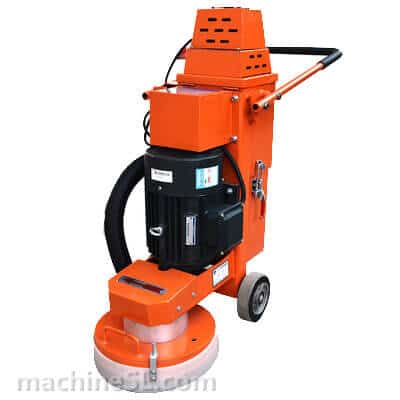
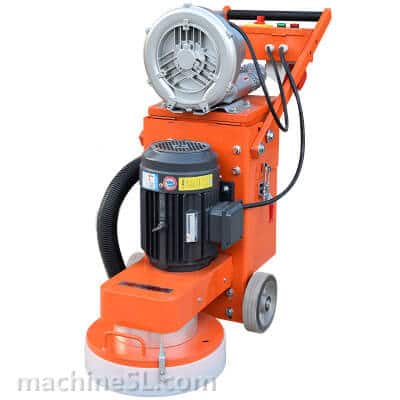
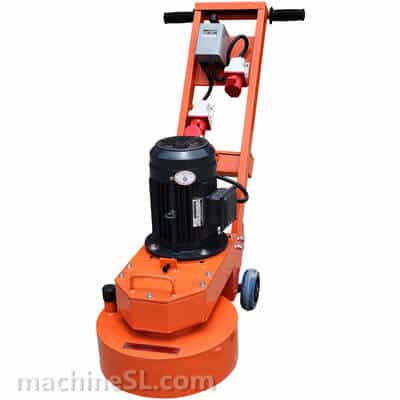
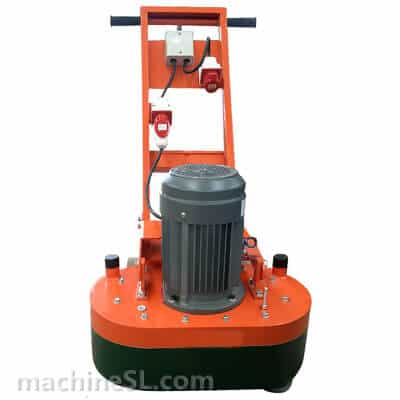
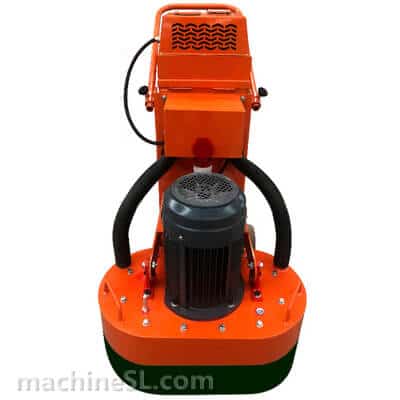
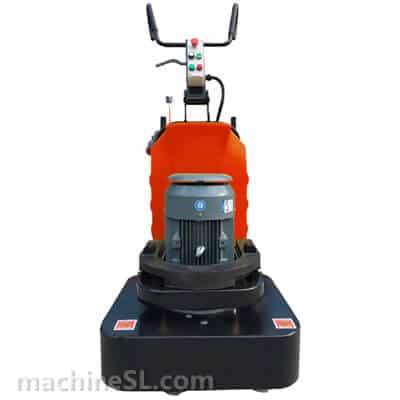
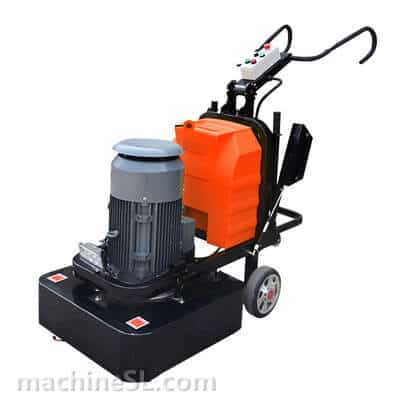
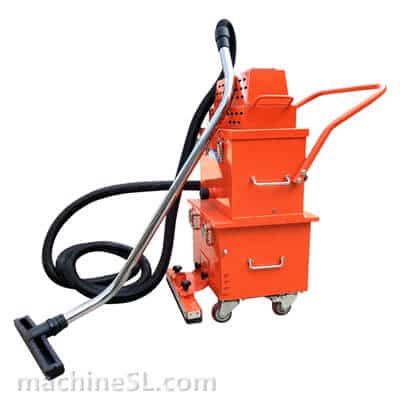
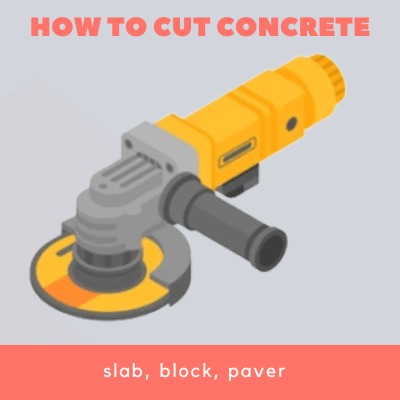
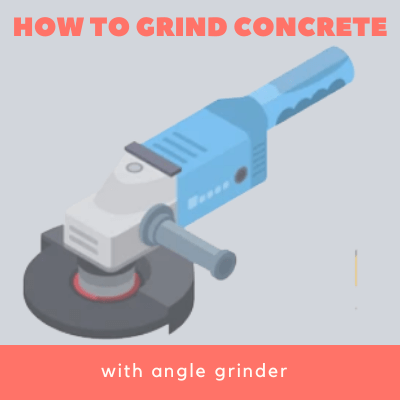
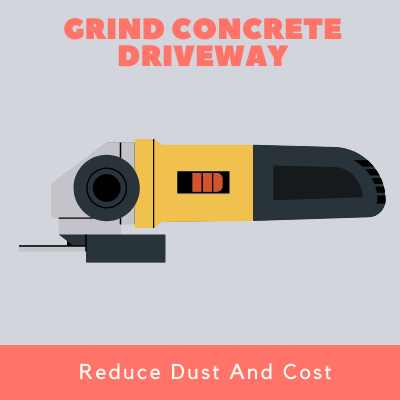
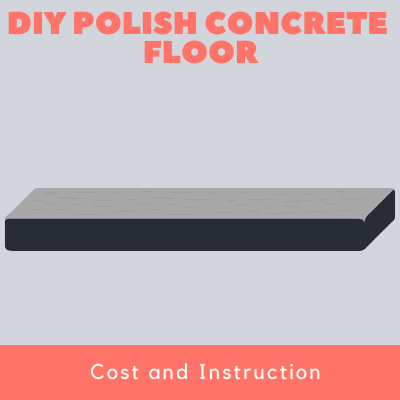
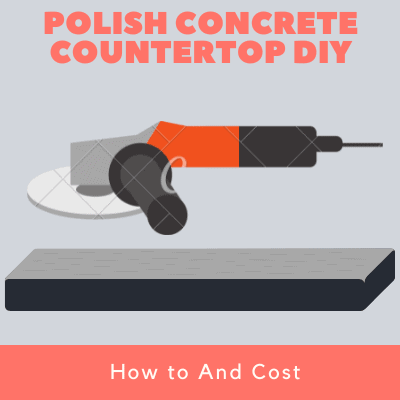
I find this information very helpful. Thanks
thanks
Ooh, nice! No one has ever told me before that we could just pour some water on our concrete surface while we’re grinding it to minimize the amount of dust created. The wall at my nephew’s home basement is getting rougher to touch because of the coldness of the area lately. He should better look further into this aspect when employing someone to smoothen it later on.
thanks